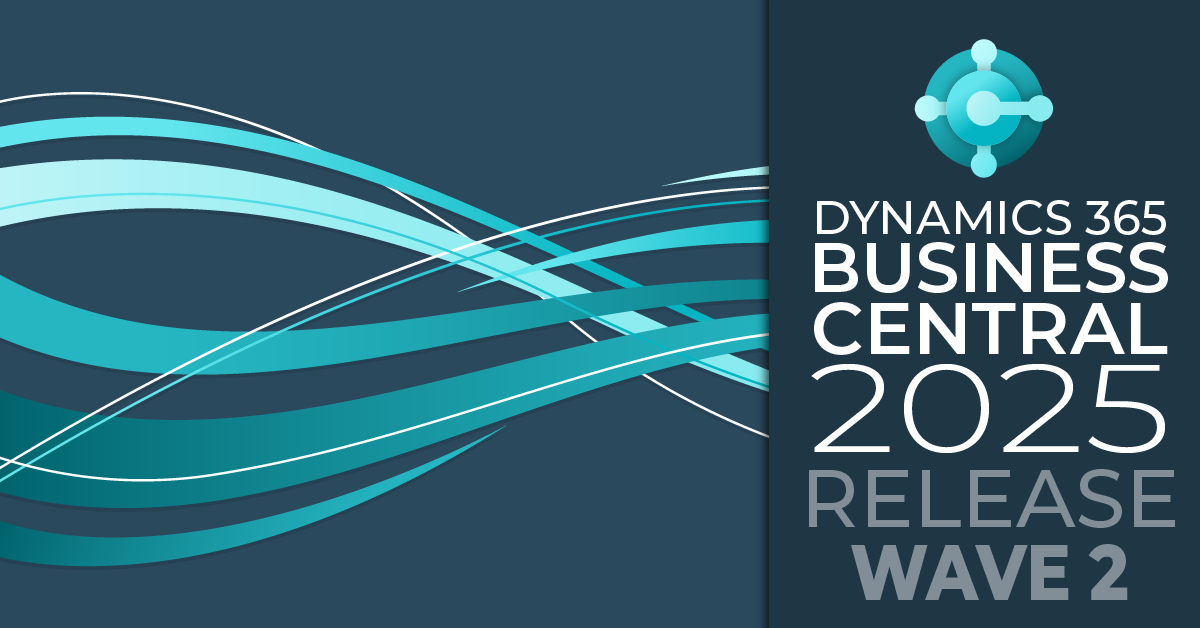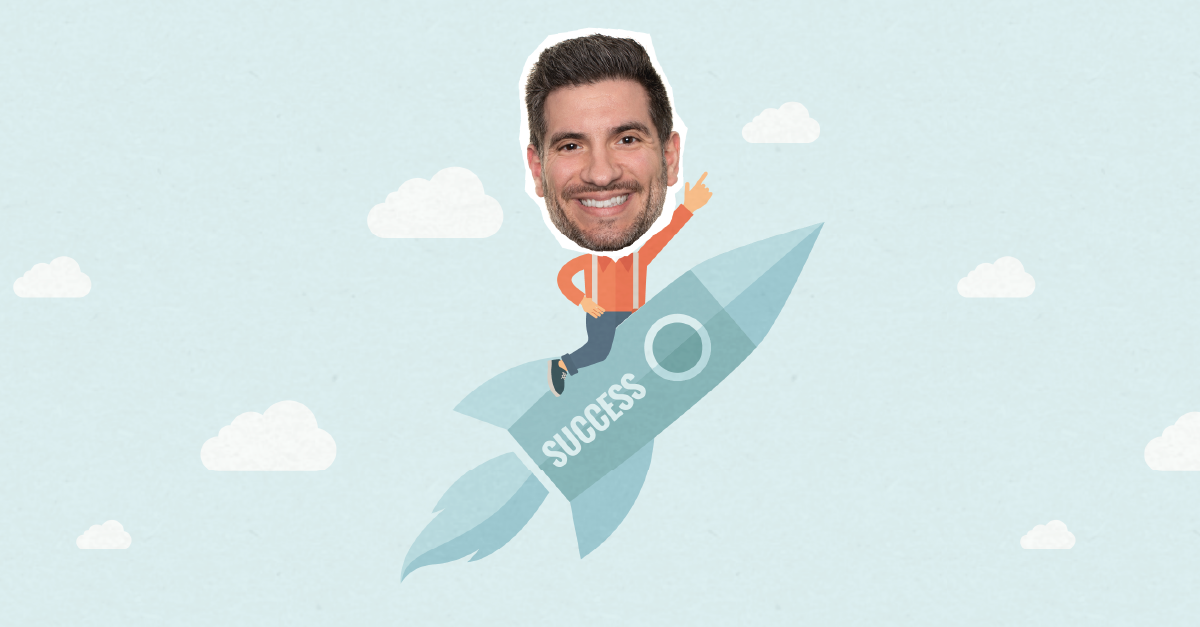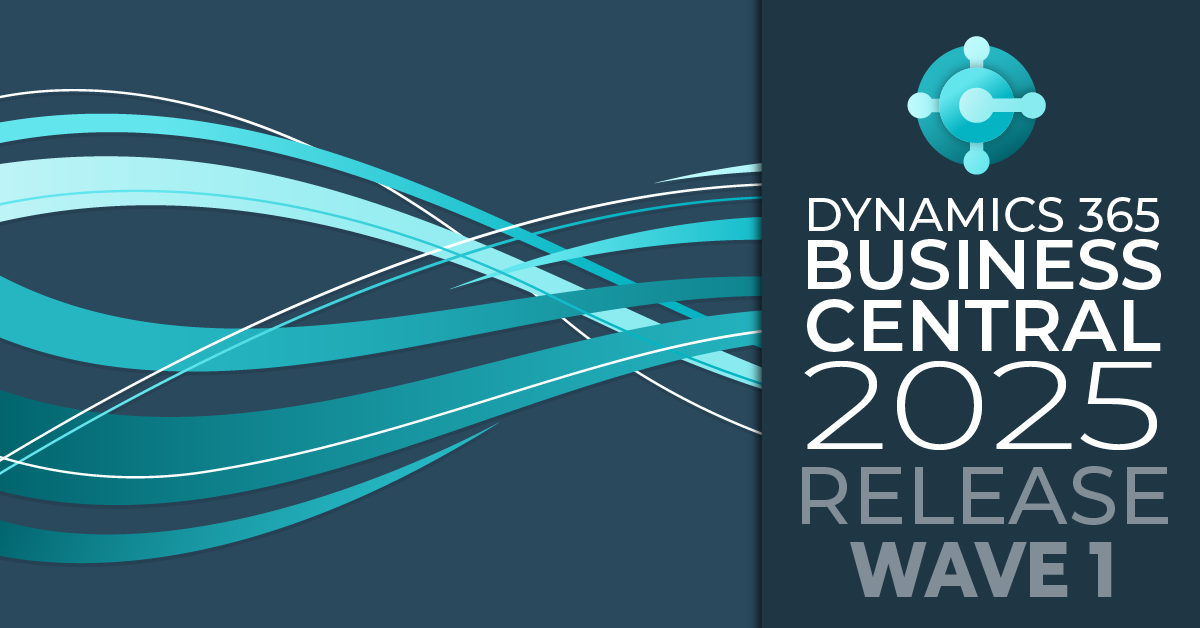I've been pondering the past year. Speak to anyone new or old at TNP and they will all likely tell you the same thing – although they miss the office and can’t wait to go back, the move to completely remote working has been much more enjoyable than they had expected. Luckily for our workforce, TNP already had a culture of location flexibility that meant the prospect was not an uncomfortable one.
In March 2020, TNP staff went home and we haven’t been together in the office since! We carried on, ironically using the phone much less and Teams calls much more. Projects have been successfully delivered, sales calls have been made and deals closed. Many thousands of support calls have been dealt with, many customers made happy and many new customers transitioned to life in TNP.
Along the way we have dealt with the demise of competitors, taken on many of their staff, and acquired IP and customer contracts to give the companies a new home for their Dynamics NAV solution.
We know that it's been a tough year for many people and businesses, so we feel very fortunate to have continued serving our customers to the high standard they expect of us.
Of course, a year later, the ‘now-normal’ remote working seems like it is here to stay in some form. Everyone seems quite pleased with the potential of a flexible working environment in the future, and they certainly feel in no hurry to get back to the office 5 days a week.
In the main, ‘business as usual’. But how odd? In such an unusual time, how could so much continue to go so right, and so much be achieved with so little interruption? I thought it might be interesting to ponder the question further.
Hire well
First and foremost, we have made a huge number of great hiring decisions. We had a team of around 190 people going into 2020, and they are the most brilliant, dedicated, and flexible people you could find. Nothing would have been this good without them.
I guess, though, you could go a step back and think we made some cultural decisions early on in our history that mean the sort of people who want to work for us are exactly the sort of people we want.
We don’t pay commission, we don’t incentivise people to work more hours than they should, we ooze our love for the NAV / Business Central product that they too love deeply.
Now, there are over 240 of us!
Think hardware
After the people, though, there are technological decisions (some made a long time ago) that helped this smooth transition. When the company was founded with four people, we decided to have a ‘virtual phone number’ that could be routed to any phone or mobile number – this gave great flexibility to a fledgling business.
We still have that virtual number today, but it diverts at a stroke to our VOIP phone system, a more recent acquisition, meaning that our entire support team can be in a hunt group or any other phone system mechanic, wherever they are.
This was a decision made to allow us better connectivity to our existing support home workers, our support staff in the Portugal office, and anyone else we need to draft in. The technology alone meant, and still means, our support team can work anytime anywhere in a seamless manner.
The next accidental decision: we all use laptops. It makes sense to have a laptop rather than a fixed PC. We move around the office, we go to site (well we did!) and we travel, therefore the additional cost of laptops over PC’s seems worth it. When we all had to pick up our machine and go home to work for the next year, this proved invaluable.
Cloud connectivity
Where to connect to? I never liked servers. As soon as we could put servers in a cloud environment we did (we started with AWS). Once our Managed Services team grew into experts in the Microsoft Azure environment, we moved our customer systems and our own, slightly aging NAV solution to Azure.
Connecting to systems hasn’t changed in or out of the office. We moved our project control to a cloud Jira solution, and then of course Office 365 came along and another way to rid ourselves of a server, we moved everyone onto Office 365.
This meant that when Teams arrived, we ticked the ‘yes we would like that’ box and started using Teams to share files, message one another (even in the office) and started video calling.
Now, many of us spend most of our days using Teams to message and call, run demonstrations, meetings and scoping sessions, consult and help out our customers.
Continued success
We have a great training room at our Newbury office. It’s large, well set up and nice to visit. But we wanted to reach people who couldn’t easily visit us and also to enable short training sessions, so we set up a virtual training mechanism ‘Vedamo’. Cue the pandemic and we now deliver more training to more users than ever before!
Finally, you have to know it’s working. Prior to March 2020, we had already implemented Zendesk to help our 60-strong Customer Support team respond effectively to our customers.
We implemented an NPS system (Net Promoter Score) to record what our customers thought of the service they received on the support calls, and have since extended it to gather information on customer satisfaction across the company. Having this in place pre-pandemic meant that we were able to know for sure that our service levels were not just maintained when we were all at home, but actually increased. We current score a world class 72.5 for our customer support team and are hugely proud of them.
So, there is my ponder. Making some decisions for all the right reasons at the time, accidentally prepared us for the most uncertain time in our lives. In summary, virtual VOIP phones, Microsoft Teams and Office 365, oh and that favourite of mine Azure cloud computing. Add to that Dynamics 365 Business Central to make your ERP resilient and connectable, and I think we have a lot to be thankful for.
But don’t forget. It’s all irrelevant without an amazing team of wonderful, customer-focused people logging on to all that technology.
Learn more about TNP and the incredible people we have here.
Do you fancy being one of the wonderful, customer-focused people? Check out our job vacancies!





.png)